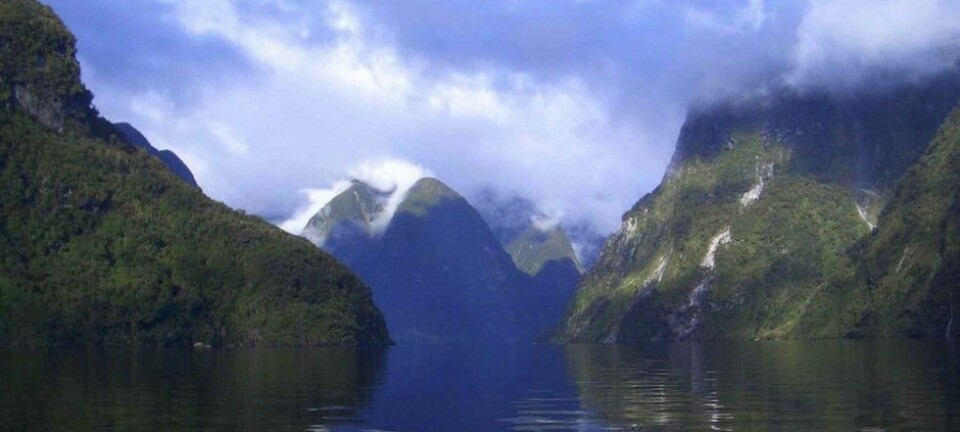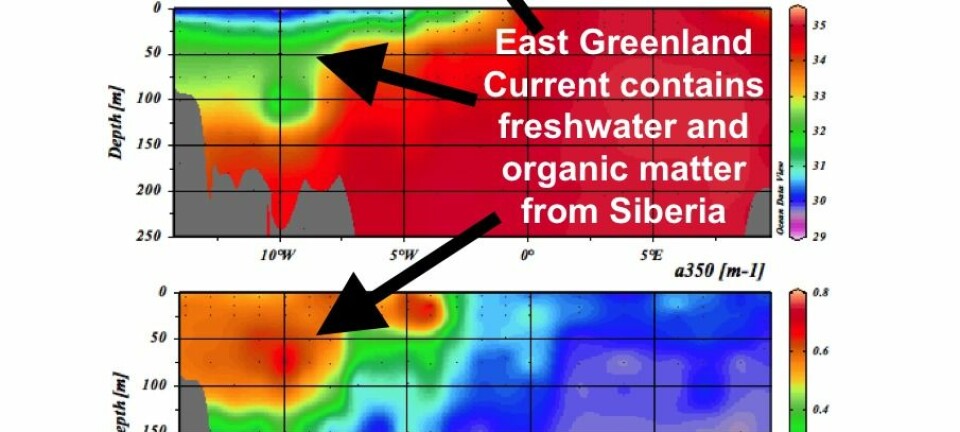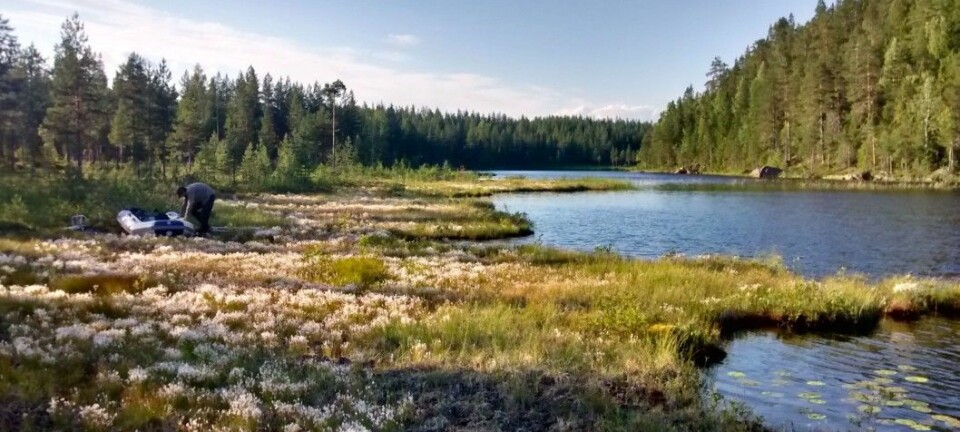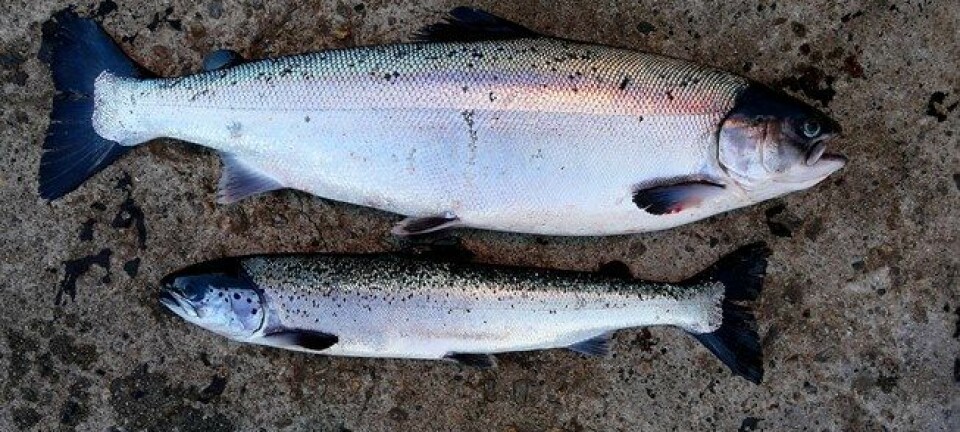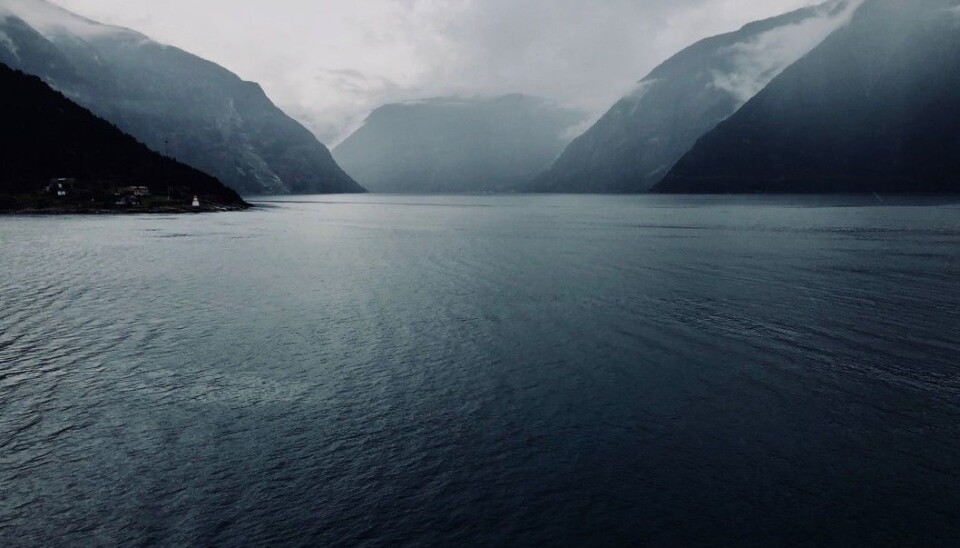
Scientists want to make holes in Norwegian fjords
Norway doesn’t know nearly enough about their fjords, say scientists.
French researchers from the University of Bordeaux are leading an international effort to bore holes in the bottom of Norway’s deep fjords.
British and South Korean researchers will also participate in the project, along with researchers from the Geological Survey of Norway (NGU), the Norwegian Polar Institute, the University of Bergen and UiT – The Arctic University of Norway in Tromsø.
"The main purpose is to find out what has happened in Norwegian fjords since the last ice age," says Matthias Forwick, Head of Department at the Department of Geosciences at UiT.
What shaped Norway
"People mostly see the surface of the fjords. But there is a lot of hidden information in the depths of the fjords,” Forwick says.
The scientists will 'punch holes' in the bottoms of eight Norwegian fjords, from western Norway in the south to Svalbard in the north.
The sediments at the bottom will hopefully give them answers about the Norway's climate in the past climates and could provide more details as to the processes that shaped Norway.
"To put it simply, there is a lot of mud at the bottom of the fjords. That means it’s not even necessary to drill. Instead, you can shoot or push a pipe down into this mud,” Forwick said. "The sediments in the pipe will be able to tell us about the past, from the last ice age to the present day.”
Read More: Life was good for Stone Age Norwegians along Oslo Fjord
A fjord is like an ocean
Forwick himself came to Norway 20 years ago. In 2001, he delivered his dissertation on deposits at the bottom of the Balsfjorden fjord in Troms County. Since then he has continued to study Norwegian fjords.
Forwick says that a fjord can be compared to a small ocean.
“You can study geological, biological and oceanographic processes in a fjord,” he says. “You can do everything from basic research to applied social research.”
In terms of research, the fjords are like an archive of the past, with lots of information in the layers upon layers of sediments in the bottom, he says.
"The fjords are also important for Norwegian society," Forwick adds. “They are important for infrastructure, communication, and security.”
In Norway, the fjords also play an increasingly important role as tourist attractions.
Read More: Greenlandic fjords get their organic matter from Russia
International marine research programme
Forwick is head of department in Tromsø, and thinks that Norway should conduct more studies in its fjords and that the country’s researchers should play a more active role in what is called the International Ocean Discovery Program (IODP).
The Geological Survey of Norway recently hosted a meeting in Trondheim to assemble researchers with the goal of encouraging them to participate more actively with IODP.
“With the first IODP colloquium in Norway, the organising committee aims to establish a common arena for Norwegian scientists, industry representatives, students, and program representatives, to present results from recent IODP expeditions, discuss key scientific results based on IODP borehole material, and create a forum for new IODP drilling proposals lead by Norwegian scientists,” the organisers said on the website about the gathering.
----------------
Read the Norwegian version of this article at forskning.no







